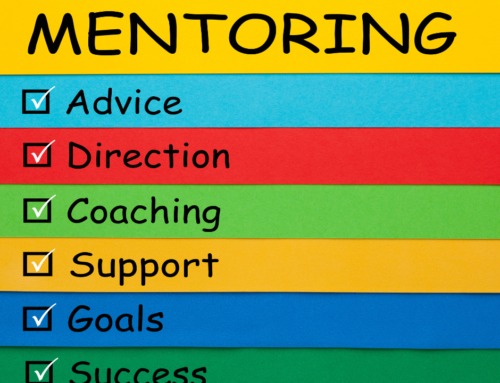How to Manage Employee Retention in a Competitive Workplace
Times, they are a-changing. These days, a top performer with an up-to-date LinkedIn account may be all it takes for your star employee to be sought out by other employers. Employers who are likely your competition. Employee retention has become a critical function of management.
Employee turnover is costly. It hurts a company’s morale and the bottom line. Employee retention methods are needed to keep skilled and experienced employees from seeking greener pastures. Gone are the days when employers only needed to provide a paycheque. Finding and retaining top talent in 2019 means that you, as an employer, need to offer a lot more.
And this is no small feat.
80% of Employers are Struggling to Retain Employees
A study performed in the United Kingdom found that four-fifths of employers had a hard time retaining staff. Although turnover is inevitable, there is a lot that you can do to prevent it. Don’t wait to find out what you aren’t doing right at the exit interview. It’s all about being proactive and ensuring your star talent wants to stay.
So, how can we accomplish this?
1. Find the Right People
An oldie but a goodie. You first need to choose the candidates that are most likely to stay.
To help with this task, you must define and have a clear vision of your company’s culture. Make sure to emphasize this while recruiting.
Be selective in your recruitment process and ask the right questions of your candidates. Remember that you’re seeking to ensure that the candidate is aligned with your company’s vision and culture.
Also, it may sound obvious, but be wary of job hoppers. If somebody has had five jobs in four years, the odds of this employee sticking with you for the long term are probably not in your favor.
2. Proper Training is a Must
Improperly and insufficiently trained employees will lead to job dissatisfaction.
Set your new hires up for success from the very beginning. Creating a comprehensive onboarding process will make them effective members of your company. It’s important to have this process ready to go before you start hiring! Don’t approach training in an ad hoc manner.
Some effective training practices include shared and individualized learning experiences. Another method uses formal and informal activities that help people get to know one another early on.
More seasoned employees can also act as role models for new hires to ensure proper training and guidance from day one.
3. Ensure there is Open Communication Between Employees and Leadership
One of the many findings in a Canadian public service employee survey indicated that employees don’t quit because they dislike their jobs. They are more inclined to quit because they dislike their managers!
What does this mean?
Creating open communication between employees and management fosters a sense of community and shared purpose.
Put in place regular meetings where employees can offer ideas and ask a question. An “open-door policy” that encourages employees to speak with their managers is also effective. This contributes to helping employees feel they are valued and that their input is heard. It’s a win-win!
It’s also vital that you empower your managers to improve in the areas they are lacking. Bring in “subject experts” and coaches. Have an extra budget for courses, conferences, and workshops.
4. Performance Recognition
Do you reward your employees when they achieve milestones or targets?
Employees need recognition and deserve to be valued. A pat on the back doesn’t cut it.
Avoid employees becoming disengaged by showing them how essential they are to your organization’s success. Acknowledging their hard work will help to maintain an employee’s drive and dedication. Although it may seem like a no-brainer to reward an employee’s accomplishments, sometimes even the best managers become careless and complacent. This can create an environment where going the extra mile becomes less attractive to a top performer.
Ensure you have systems and procedures in place that will always prove to employees how valued they are.
5. Offer Your Employees What They Need
Today, the relationship between compensation and retention is by no means a straightforward one. Flexible work schedules, opportunities to work from home, and generous paid-leave policies all help employees feel they are valued and cared for.
Work flexibility is an effective place to start in developing your employee retention strategy.
6. Figure out What Matters to your Employees First
When you make it a policy to support health and wellness within your company, you help employees ease stress and focus on doing their best work.
You should also offer your employees opportunities for personal development. The more your employees learn and grow, the more your organization will enjoy their insights, knowledge, and well-being.
Turnover is inevitable. Focus on retaining talented and motivated employees by giving them what they need and deserve. You’ll make great strides toward minimizing this disruptive and costly reality all employers face.






